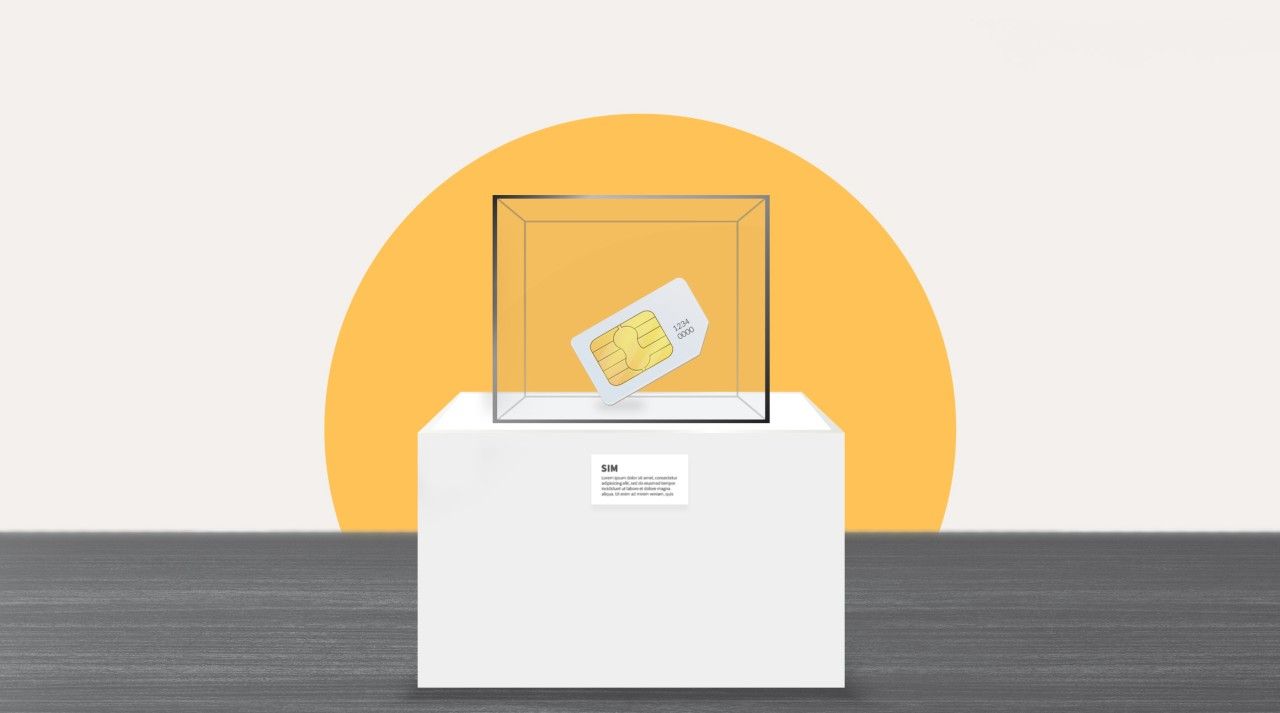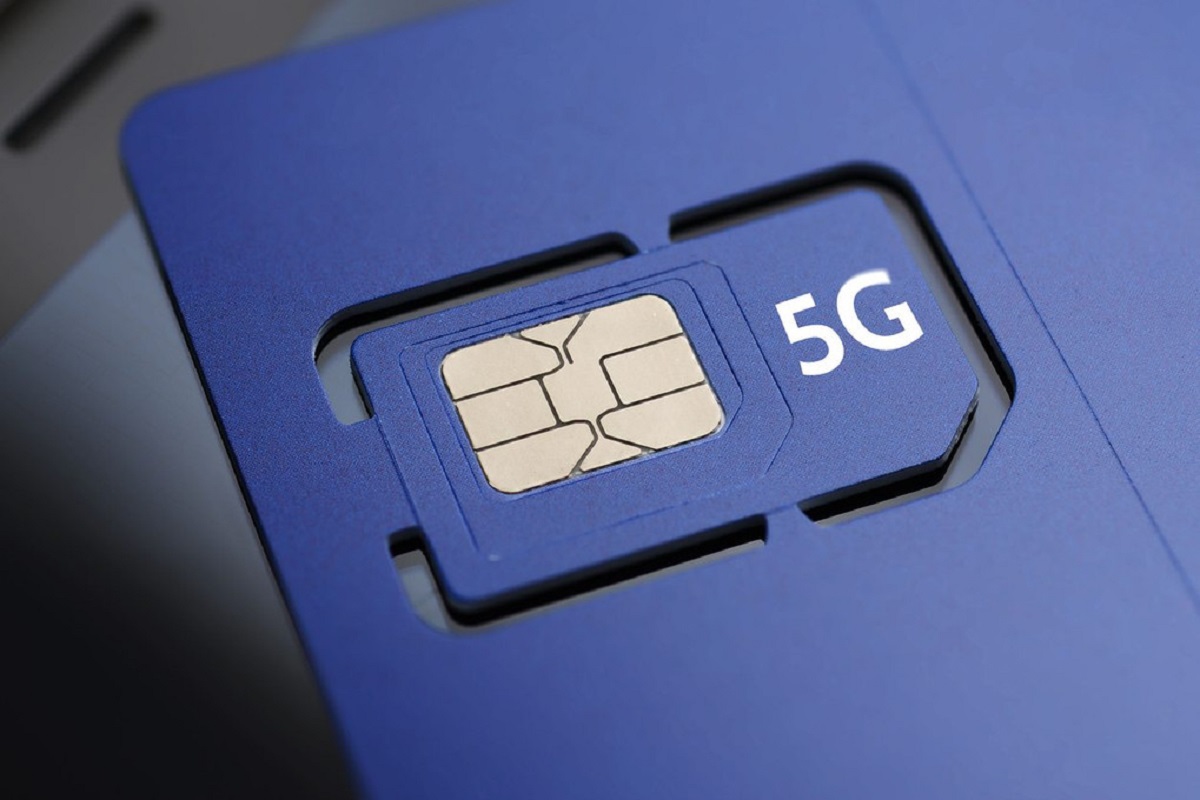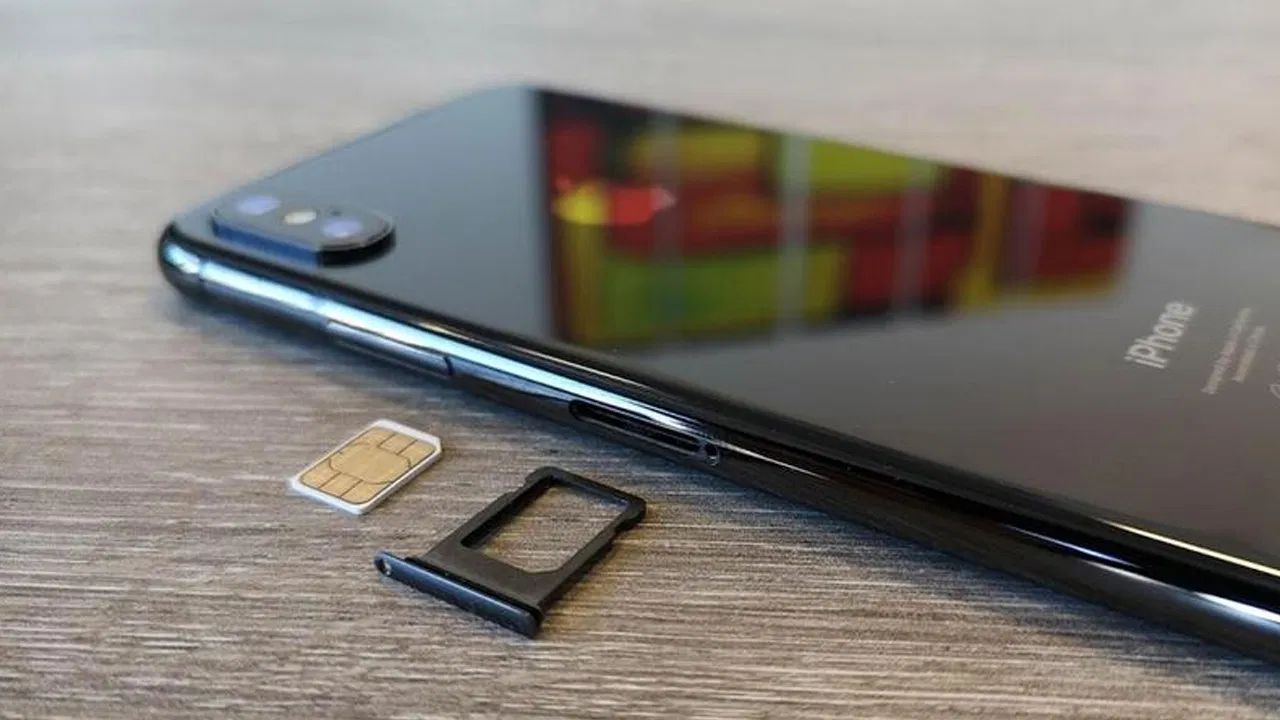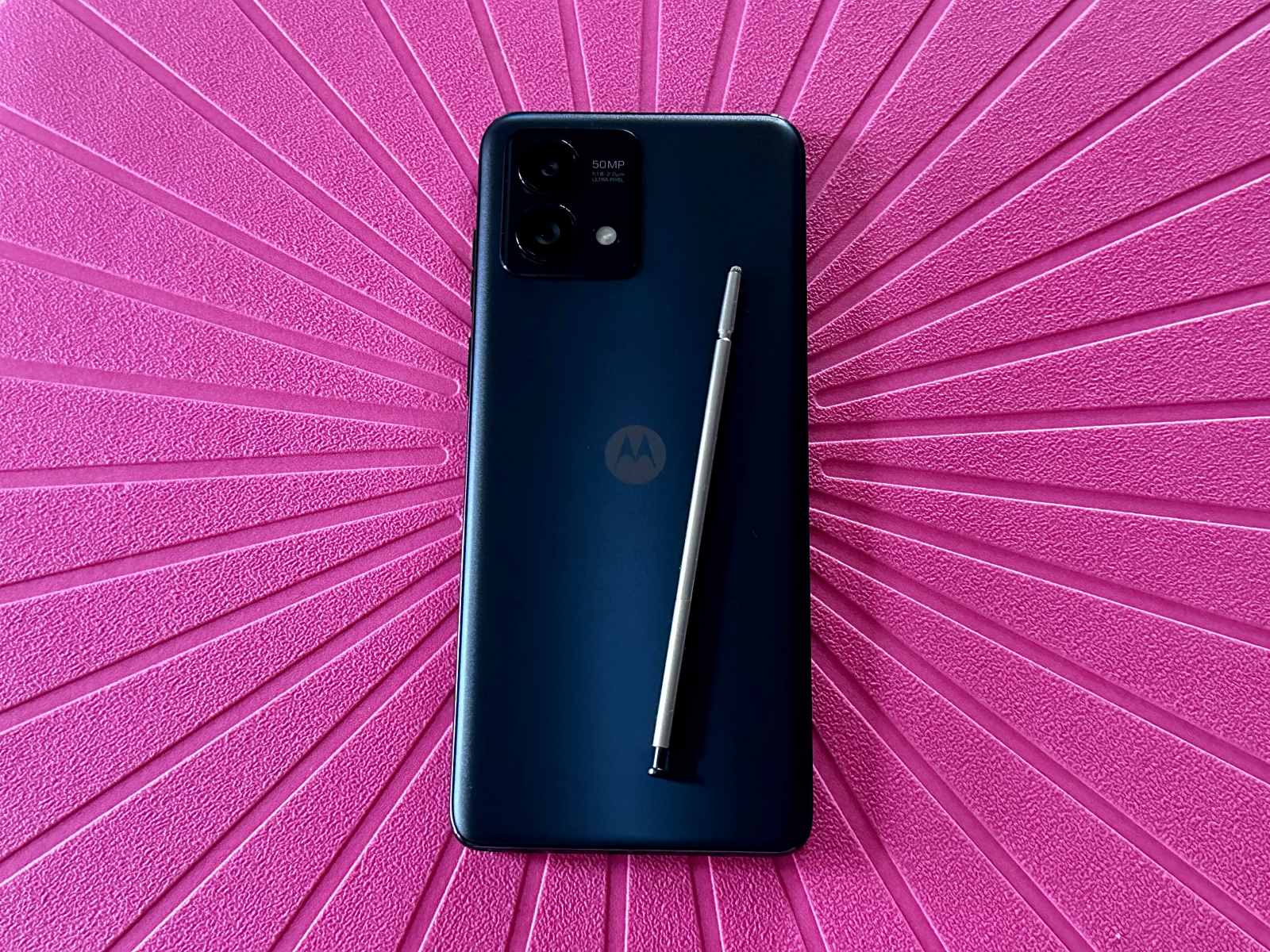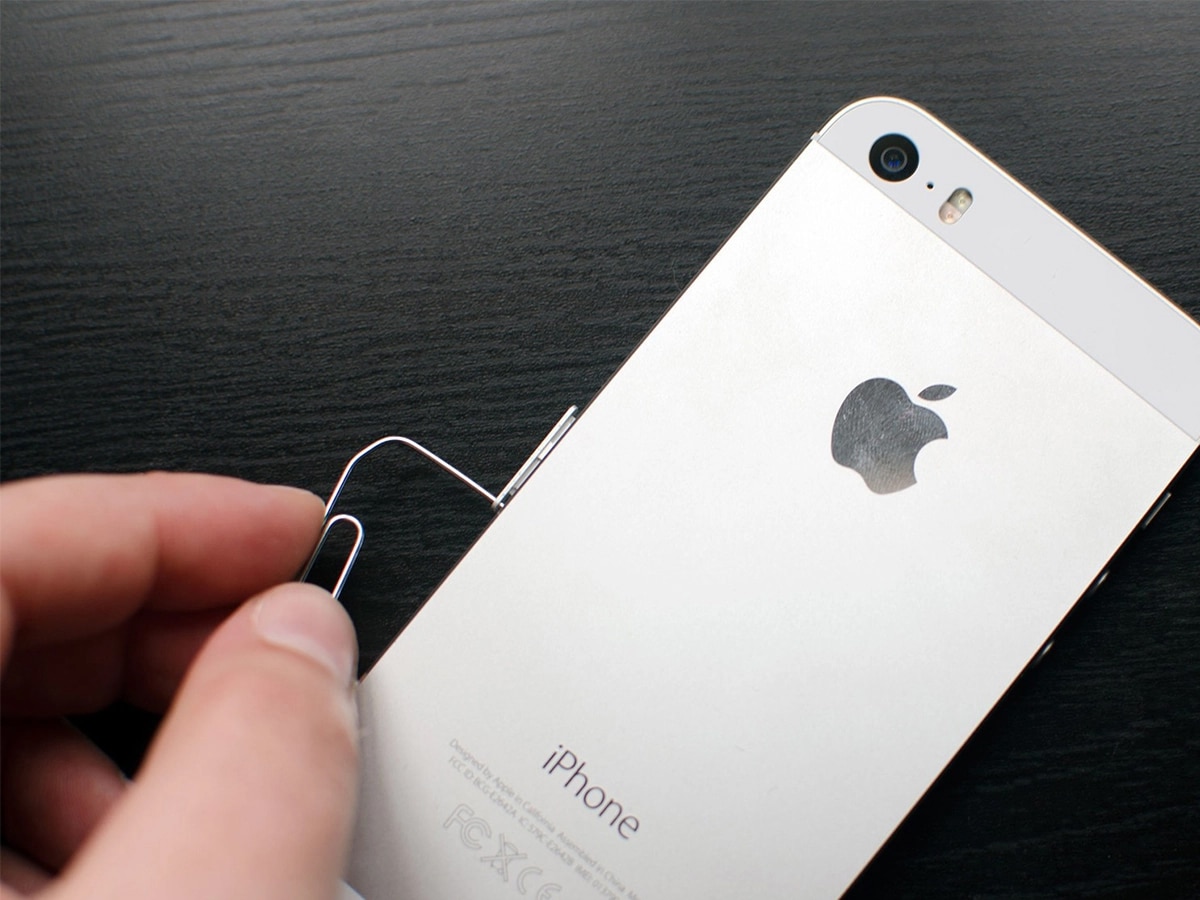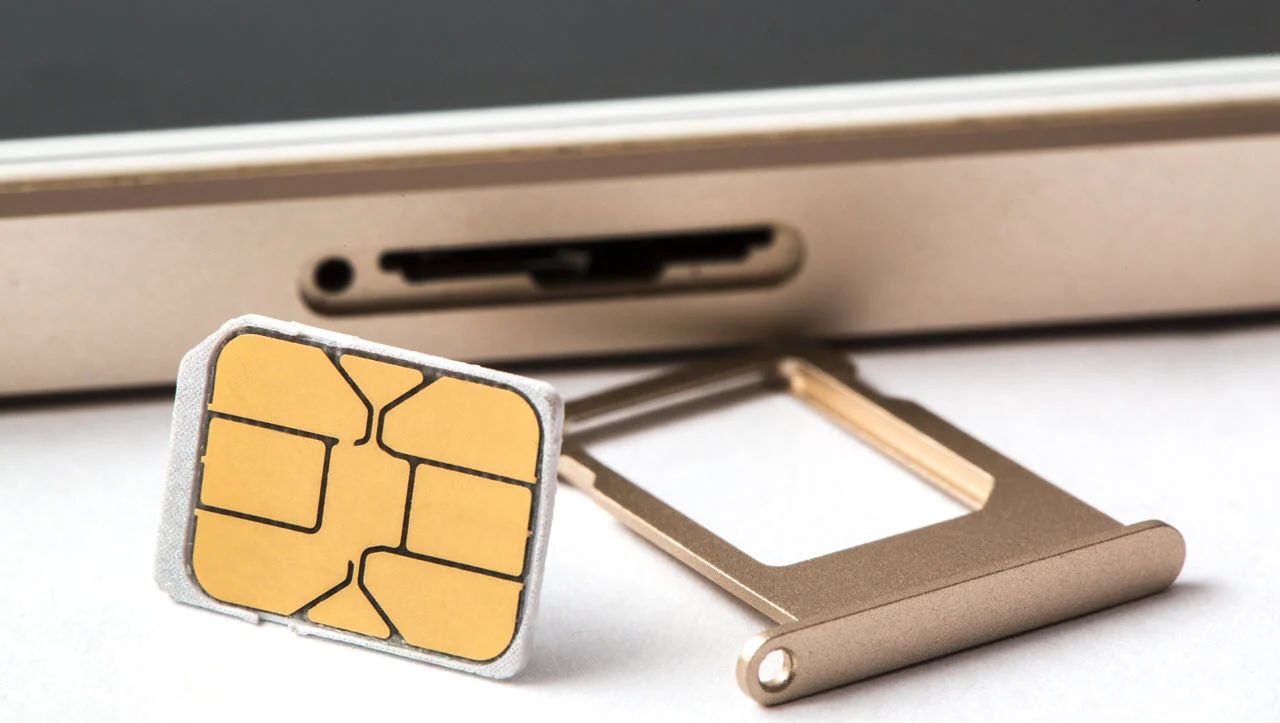What is a SIM Card?
A SIM card, or Subscriber Identity Module card, is a small, removable smart card that is inserted into mobile devices such as smartphones, tablets, and some feature phones. It serves as the link between the device and the mobile network, enabling users to make calls, send text messages, and access mobile data services.
The primary function of a SIM card is to securely store the subscriber's identity and account information. This includes the unique IMSI (International Mobile Subscriber Identity) number, which identifies the user to the mobile network, as well as the authentication key that allows the device to connect to the network securely.
In addition to providing identification and authentication, SIM cards also store contacts, text messages, and other user-specific data. This allows users to easily transfer their personal information from one device to another by simply moving the SIM card.
SIM cards come in various sizes, including the standard SIM, micro-SIM, and nano-SIM. The standard SIM card, also known as the mini-SIM, was the original form factor and is still used in some older devices. The micro-SIM and nano-SIM, on the other hand, are smaller and are commonly used in modern smartphones and tablets.
Furthermore, SIM cards are not only limited to storing subscriber information. They can also contain additional data, such as contacts and text messages, and can be used to store secure elements for mobile payment systems and other applications.
In summary, a SIM card is a crucial component of mobile communication, serving as the bridge between the user's device and the mobile network. Its ability to securely store subscriber information and facilitate seamless connectivity makes it an indispensable part of modern mobile technology.
Types of SIM Cards
SIM cards come in various types, each designed to cater to different mobile devices and user preferences. Understanding the differences between these types can help users choose the most suitable SIM card for their specific needs. Here are the main types of SIM cards available in the market today:
-
Standard SIM Card: Also known as the mini-SIM, the standard SIM card was the original form factor and is still utilized in some older mobile devices. It measures about 25mm x 15mm and is characterized by its larger size compared to more modern SIM cards.
-
Micro-SIM Card: The micro-SIM card is a smaller variant of the standard SIM card, measuring approximately 15mm x 12mm. This type of SIM card gained popularity with the introduction of smartphones and tablets that required a smaller form factor to accommodate sleeker designs.
-
Nano-SIM Card: The nano-SIM card is the smallest of the three main types, with dimensions of about 12.3mm x 8.8mm. It is commonly used in modern smartphones and tablets, offering a compact size that allows manufacturers to create slimmer and more lightweight devices.
-
eSIM (Embedded SIM): Unlike traditional SIM cards, an eSIM is embedded directly into the device and does not require a physical card. Instead, the eSIM's information is programmatically encoded into the device's hardware. This type of SIM card is increasingly being adopted in newer devices and offers the convenience of remotely switching between mobile network operators without the need to physically swap SIM cards.
-
Multi-SIM Card: This type of SIM card enables users to have multiple phone numbers and accounts on a single device. It is particularly useful for individuals who wish to separate personal and work-related communications or for those who frequently travel and require local phone numbers in different regions.
Each type of SIM card has its own advantages and is compatible with specific devices. As technology continues to evolve, the prevalence of eSIMs and multi-SIM cards is expected to increase, offering users greater flexibility and convenience in managing their mobile connectivity.
SIM Card Upgrades
Upgrading a SIM card involves replacing the existing SIM card in a mobile device with a new one, typically to take advantage of enhanced features, improved network capabilities, or to accommodate a different device. This process is often recommended when users switch to a new phone that requires a different SIM card size, or when seeking to benefit from the latest advancements in mobile technology.
One of the primary reasons for upgrading a SIM card is to transition to a newer form factor, such as moving from a standard SIM card to a micro-SIM or nano-SIM, to align with the requirements of a new device. As technology progresses, mobile devices are designed with smaller and more compact SIM card slots, necessitating the use of correspondingly sized SIM cards. Upgrading to a smaller form factor allows users to seamlessly integrate their existing mobile accounts with the latest smartphones and tablets without compatibility issues.
Furthermore, SIM card upgrades can also involve transitioning from a traditional physical SIM card to an eSIM, an embedded SIM that is programmed directly into the device's hardware. This shift offers the advantage of greater flexibility and convenience, as users can remotely switch between mobile network operators without needing to physically swap SIM cards. The adoption of eSIM technology represents a significant advancement in mobile connectivity, providing users with the ability to manage multiple mobile network profiles on a single device.
In addition to accommodating changes in device requirements, SIM card upgrades can also enable users to access improved network capabilities and services offered by mobile network operators. For instance, upgrading to a SIM card that supports 5G connectivity allows users to harness the full potential of high-speed mobile networks, unlocking faster data speeds and lower latency for enhanced mobile experiences. Likewise, upgrading to a SIM card with enhanced security features can provide peace of mind by safeguarding sensitive information and transactions conducted through the mobile device.
Overall, the decision to upgrade a SIM card is driven by the desire to adapt to evolving mobile technology, optimize device compatibility, and access the latest network capabilities. By staying informed about the benefits of SIM card upgrades and understanding the advancements in SIM card technology, users can make informed decisions to enhance their mobile connectivity and overall user experience.
How to Upgrade Your SIM Card
Upgrading your SIM card is a straightforward process that involves obtaining a new SIM card from your mobile network operator and activating it to replace your current SIM card. Here are the steps to upgrade your SIM card:
-
Contact Your Mobile Network Operator: Begin by reaching out to your mobile network operator through their customer service channels, which may include phone support, online chat, or visiting a retail store. Inform them of your intention to upgrade your SIM card and inquire about the available options for obtaining a new SIM card.
-
Provide Necessary Information: When contacting your mobile network operator, be prepared to provide your account details and personal information for identity verification. This may include your account number, phone number, and any other relevant information to facilitate the upgrade process.
-
Select the New SIM Card: Depending on your specific requirements and the compatibility with your device, choose the appropriate type of SIM card for the upgrade. This may involve selecting a micro-SIM, nano-SIM, or eSIM, based on the SIM card slot in your device and the network's offerings.
-
Activate the New SIM Card: Once you have obtained the new SIM card, follow the activation instructions provided by your mobile network operator. This typically involves inserting the new SIM card into your device and following the activation process, which may include entering a unique activation code or completing an online activation procedure.
-
Transfer Your Data: If you have contacts, text messages, or other data stored on your old SIM card, you may need to transfer this information to the new SIM card. Depending on your device and network operator, there may be options to transfer this data directly from the old SIM card to the new one, or you may need to manually save and import the data.
-
Test the New SIM Card: Once the new SIM card is activated and installed in your device, ensure that it is functioning correctly. Test the ability to make calls, send text messages, and access mobile data to confirm that the new SIM card is operational.
By following these steps, you can successfully upgrade your SIM card to align with your device's requirements and take advantage of the latest advancements in mobile technology offered by your mobile network operator.
Benefits of Upgrading Your SIM Card
Upgrading your SIM card offers a multitude of benefits that can significantly enhance your mobile experience. One of the key advantages of upgrading your SIM card is the ability to seamlessly transition to a new device that requires a different SIM card size. As mobile technology continues to evolve, newer smartphones and tablets often feature smaller and more compact SIM card slots, necessitating the use of micro-SIMs or nano-SIMs. By upgrading to the appropriate SIM card size, you can effortlessly integrate your existing mobile account with the latest devices, ensuring compatibility and optimal functionality.
Furthermore, upgrading your SIM card enables you to embrace the advancements in mobile network technology. For instance, transitioning to a SIM card that supports 5G connectivity unlocks the potential for faster data speeds, lower latency, and enhanced network capacity. This empowers you to enjoy seamless streaming, rapid downloads, and immersive online experiences, making the most of the cutting-edge capabilities offered by 5G networks.
In addition to improved network capabilities, upgrading your SIM card can also enhance the security of your mobile communications and transactions. Modern SIM cards are equipped with advanced security features, such as enhanced encryption and authentication mechanisms, which safeguard your sensitive information and protect against unauthorized access. By upgrading to a SIM card with robust security measures, you can have greater confidence in conducting secure transactions, accessing confidential data, and communicating with privacy and peace of mind.
Moreover, the transition to an eSIM, an embedded SIM that eliminates the need for a physical SIM card, offers unparalleled convenience and flexibility. With an eSIM, you can remotely switch between mobile network operators, manage multiple mobile profiles on a single device, and enjoy seamless connectivity without the hassle of physically swapping SIM cards. This streamlined approach simplifies the process of managing your mobile connectivity, empowering you to adapt to changing network requirements and preferences with ease.
Overall, upgrading your SIM card presents a myriad of benefits, including improved device compatibility, access to advanced network capabilities, enhanced security features, and the convenience of eSIM technology. By embracing these advantages, you can elevate your mobile experience and stay at the forefront of mobile technology, ensuring that you make the most of the evolving landscape of mobile connectivity.
Things to Consider Before Upgrading Your SIM Card
Before proceeding with the upgrade of your SIM card, it is essential to consider several factors to ensure a seamless transition and optimize the benefits of the new SIM card. Here are key considerations to keep in mind:
-
Device Compatibility: Verify the compatibility of the new SIM card with your device. Different devices may require specific SIM card sizes, such as nano-SIM or micro-SIM. Ensure that the new SIM card aligns with the requirements of your device to avoid compatibility issues.
-
Network Coverage and Capabilities: Assess the network coverage and capabilities offered by the mobile network operator providing the new SIM card. Consider factors such as 5G availability, network reliability, and coverage in your frequently visited areas to determine the potential improvements in network performance.
-
Data Transfer: If you have contacts, text messages, or other data stored on your current SIM card, explore the options for transferring this data to the new SIM card. Some mobile network operators offer tools or services to facilitate the seamless transfer of data, ensuring that you retain essential information during the upgrade process.
-
Service Plan Evaluation: Review your current service plan and consider whether the upgrade to a new SIM card presents an opportunity to optimize your mobile plan. Evaluate the available service plans, including data allowances, voice call rates, and additional features, to determine if there are potential cost savings or enhanced benefits with the new SIM card.
-
Security Features: Understand the security features embedded in the new SIM card, especially if it incorporates advanced encryption and authentication mechanisms. Assess how these security measures align with your privacy and security requirements, ensuring that the new SIM card offers robust protection for your mobile communications and transactions.
-
eSIM Consideration: If the upgrade involves transitioning to an eSIM, familiarize yourself with the benefits and considerations associated with eSIM technology. Explore the convenience of remotely managing mobile profiles and the flexibility of switching between mobile network operators without physically swapping SIM cards.
-
Customer Support and Activation: Ensure that the mobile network operator provides adequate customer support and clear activation instructions for the new SIM card. Familiarize yourself with the activation process and seek assistance if needed to ensure a smooth transition to the upgraded SIM card.
By carefully considering these aspects before upgrading your SIM card, you can make informed decisions that align with your device, network, and usage requirements. This proactive approach enables you to maximize the benefits of the new SIM card while ensuring a seamless transition to enhanced mobile connectivity.







